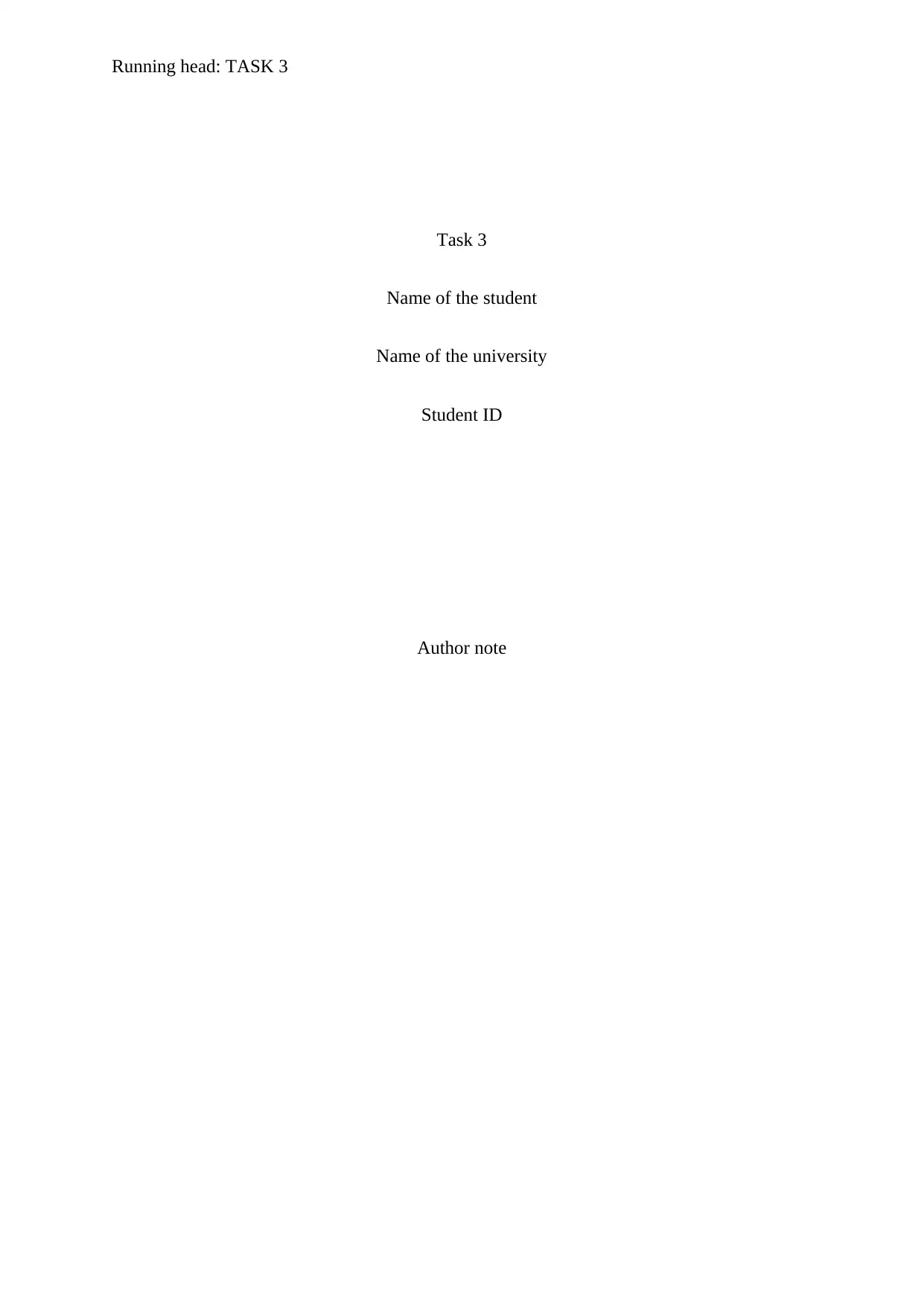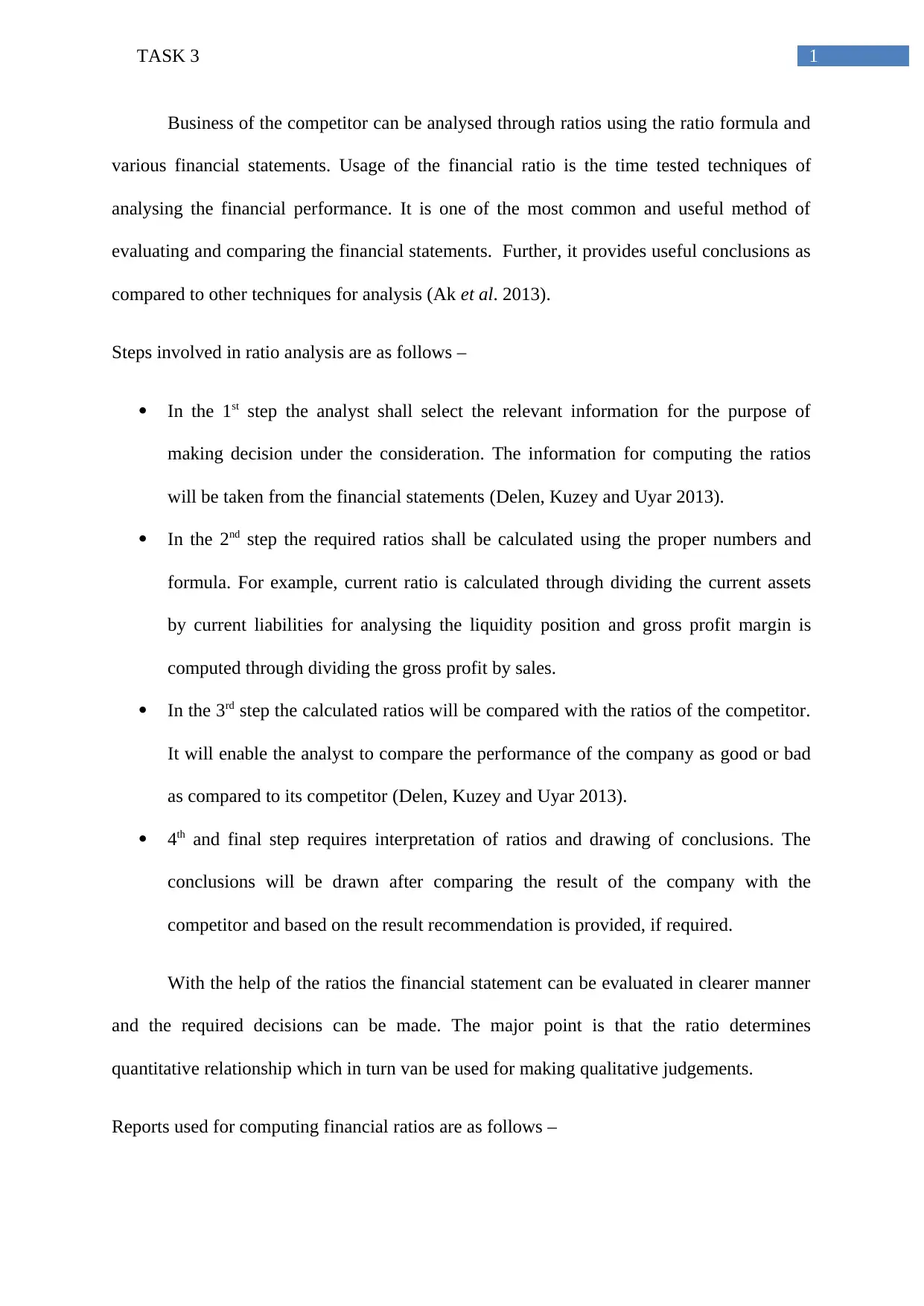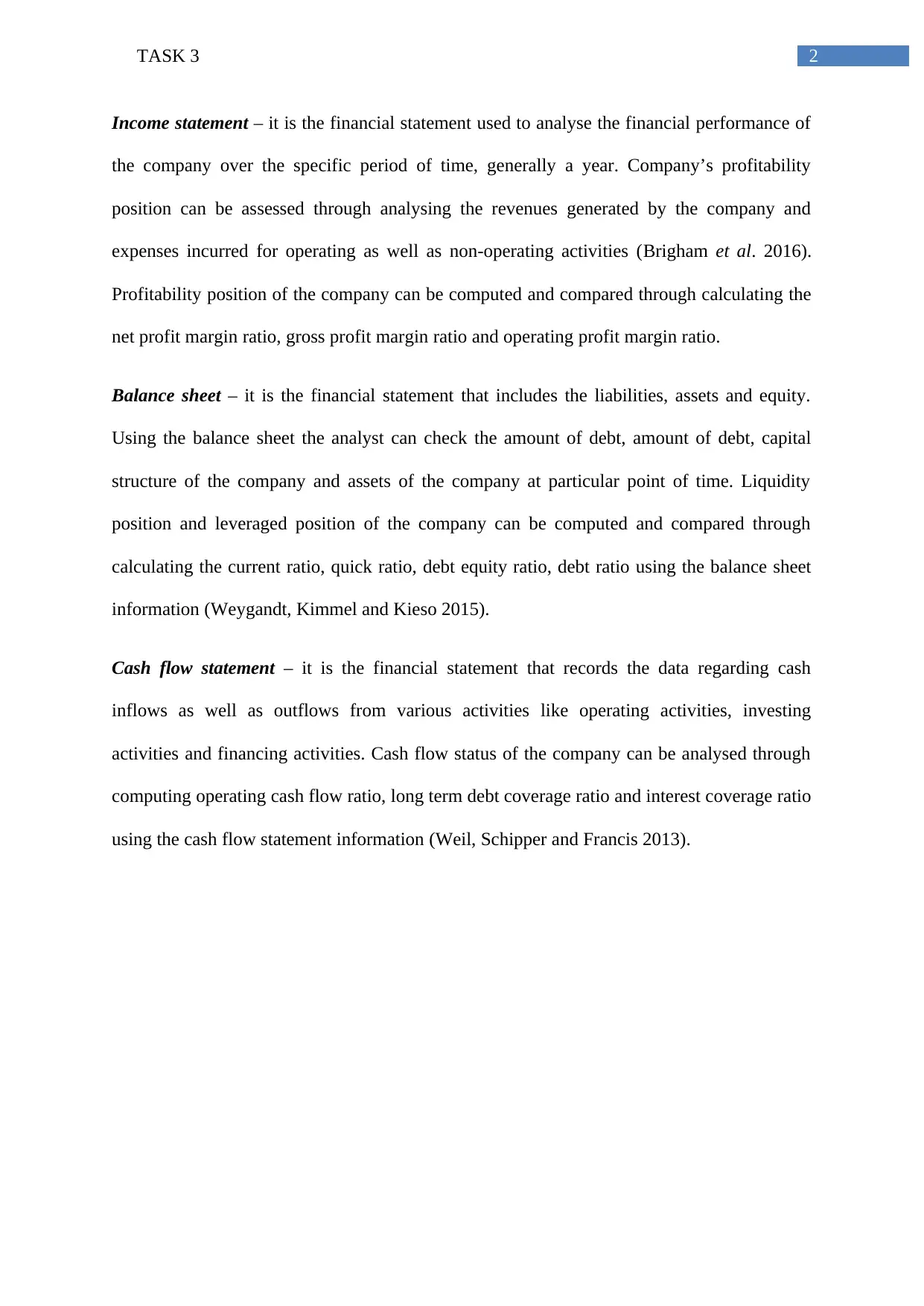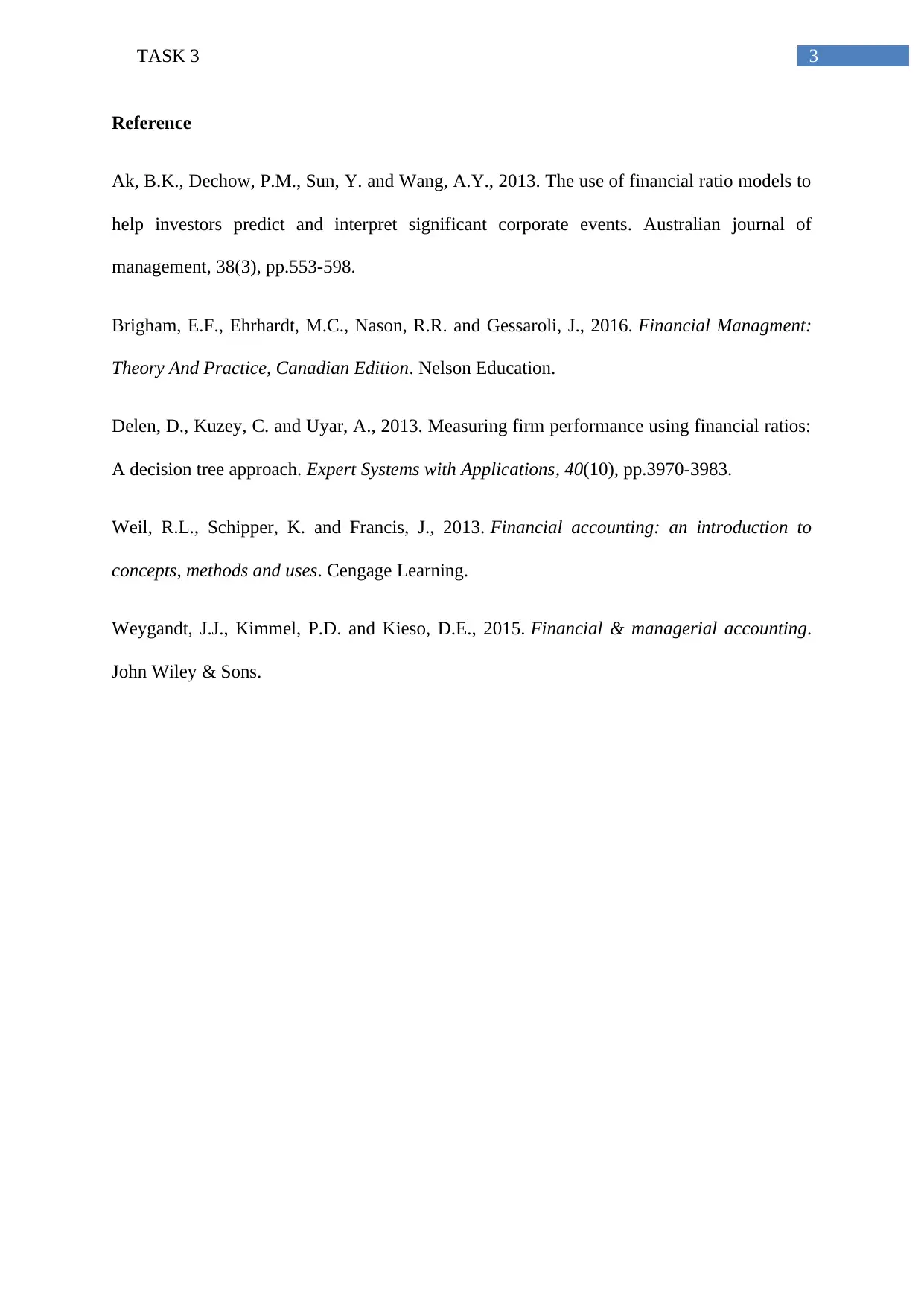Financial Analysis: Steps and Reports for Competitor Evaluation
VerifiedAdded on 2023/06/08
|4
|775
|398
Report
AI Summary
This report outlines the steps involved in conducting a financial analysis of a competitor, focusing on the utilization of financial ratios and various financial statements. The process includes selecting relevant information, calculating key ratios (e.g., current ratio, gross profit margin), comparing these ratios with the competitor's, and interpreting the results to draw meaningful conclusions. The report emphasizes the importance of income statements for profitability analysis, balance sheets for assessing liquidity and leverage, and cash flow statements for evaluating cash flow status. By following these steps and utilizing the appropriate reports, a comprehensive financial evaluation of the competitor can be achieved. Desklib provides a platform to access similar solved assignments and past papers for students.
1 out of 4










![[object Object]](/_next/static/media/star-bottom.7253800d.svg)